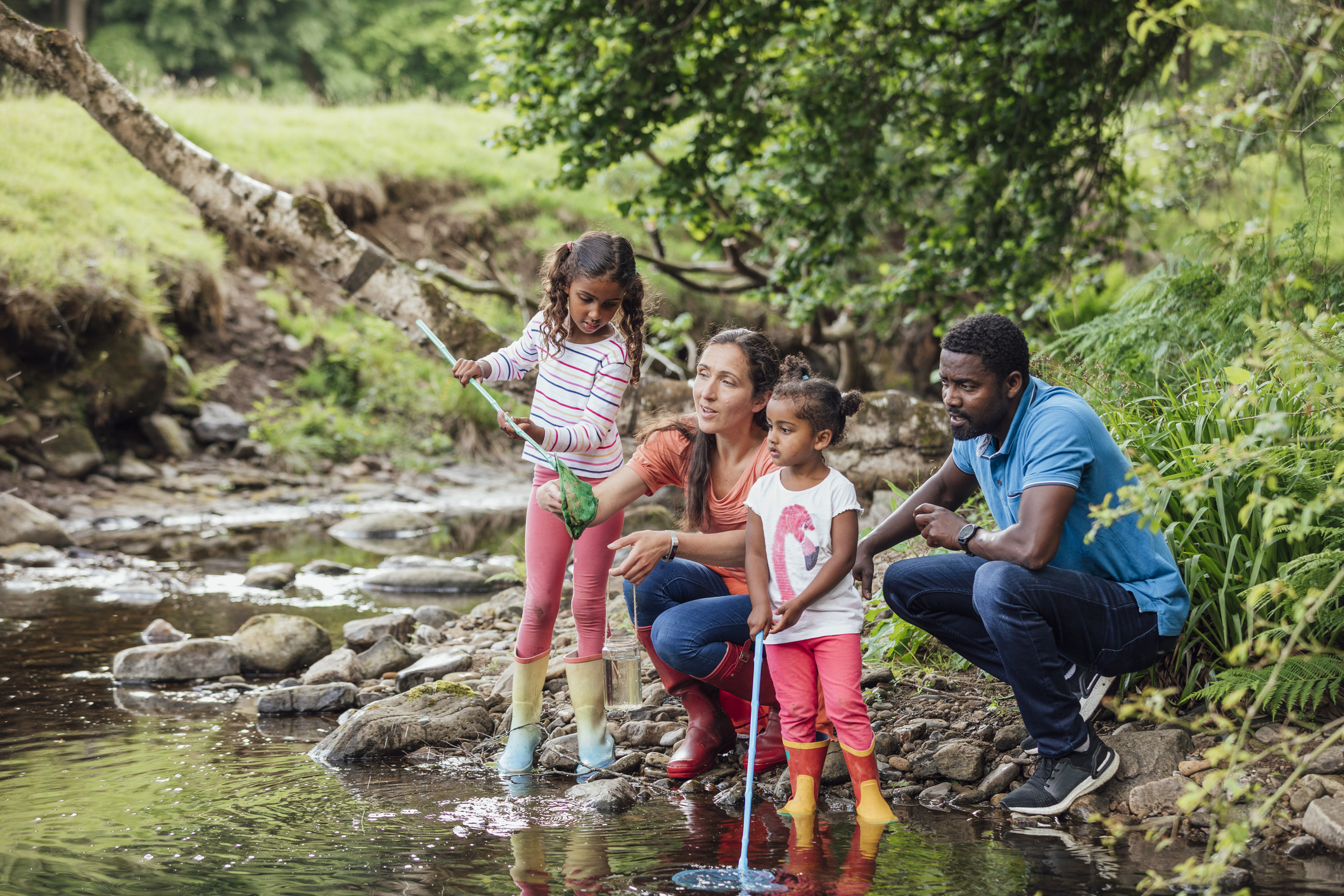Talking to Kids About Climate Change

May 20, 2020
Talking to children about a topic like climate change can seem difficult or intimidating. Here are some tips to help you navigate the conversation to help them become informed, responsible citizens of the earth:
Acknowledge climate change—don’t ignore it
Teaching younger generations about climate change is a crucial step in helping to solve it. In fact, Italy now requires its schools to teach students about it! Avoiding the conversation will only hurt our planet more in the long run, so don’t ignore climate change just because it feels tough to talk about. Teach your children about it to empower them to become lifelong environmental stewards.
Keep it simple
There’s a lot of science behind climate change. Kids don’t need to know every detail about why or how or climate is changing—they just need to know that it is. When explaining climate change to kids, keep things simple. Here’s an example of what you can say to children, based on input from psychologists and educators:
"Humans are burning lots of fossil fuel for energy—in planes, in cars, and to light our homes. That puts greenhouse gases into the air, and those gases wrap around the planet like a blanket and make everything hotter.
A hotter planet makes storms bigger, it melts ice so oceans will rise, and it makes it harder for animals to find places to live.
It's a big problem, but there are a lot of smart people working hard on it, and there's a lot that we can do to help."
Show kids how they can help the planet
Teach them actions they can take to help fight climate change, and connect the “why” behind these actions to things in nature that are familiar to them. For instance, you can say, “We need to recycle to keep our favorite beach safe.” Other actions you can teach them include turning off the lights when you leave a room, not using too much water when you shower or brush your teeth, picking up litter, avoiding plastic, and limiting food waste. Encourage them to encourage their friends to take these actions, too! It’s also important for adults to lead by example and practice these sustainable habits.
You can also explain other behaviors in connection with protecting the planet. For instance, you can explain that the reason we don’t need to buy more new toys right now, why we aren’t turning on the air conditioning on a nice day, or why we won’t buy certain products or foods is to help protect our favorite animals, plants, beaches, and parks.
Stay positive
Eco-anxiety is a growing problem among children. To help mitigate it, keep things positive and hopeful when discussing climate change with children. Focus on the climate solutions we have and all the things people are doing to help the planet, such as buying electric cars or supporting renewable energy. Tell them about the climate victories we’ve already achieved and the many young people around the world fighting to help the environment. Avoid sowing seeds of fear, helplessness, and defeatism, and instead focus on hope and solutions to help them feel empowered and optimistic. Remind them that they have the power to help protect our planet!
Teach kids to appreciate nature
Fostering an appreciation for nature is an important way to help give children context around climate change. This can help them connect climate change and its effects to things or places they’ve experienced in nature. Take them to a park, a lake, the beach, or the mountains. Take them on hikes on a local trail. Teach them about different types of plants and animals. Grow plants or vegetables in a garden with them. Have them collect things they find in nature like shells or leaves, or have them feed animals. Expose them to as much of the natural world as you can and as often as you can. That way, when they learn about climate change, they’ll feel more of a personal connection to it—hopefully helping it resonate more.
Use resources to help you
There are plenty of resources available to help you teach children about climate change and the environment. NASA Climate Kids is a great place to start. There are many helpful videos and series on YouTube such as Global Weirding, and even shows on Netflix such as Our Planet to help them gain an appreciation of the natural world. Check out our Pinterest for children's books, science experiments, and other materials to help you. And, if you’re looking for tips to help you discuss climate change with adults as well, check out our blog post on how to talk about climate change with your family and friends.
Talking about climate change should be an ongoing conversation, and it’s also an important first step to solving it. Looking for more ways you can help the planet? Sign up for 100% clean, renewable energy today!
Stay in the know
Learn about clean energy, climate tips, special offers, and more



